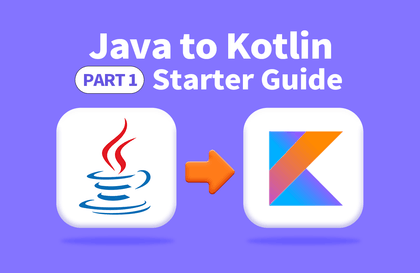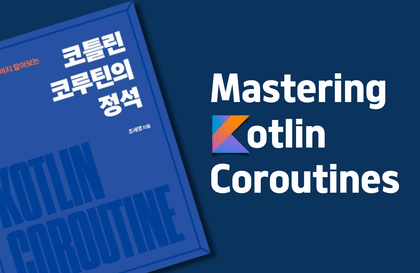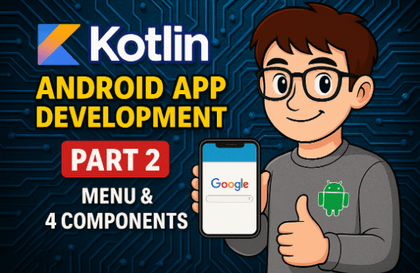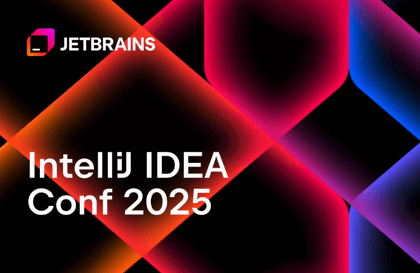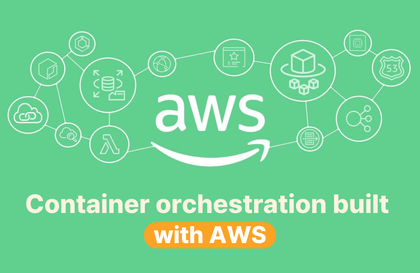![멀티 모듈 아키텍처로 구현하는 은행 서버 핵심 기능 [ Kotlin & Spring ]강의 썸네일](https://cdn.inflearn.com/public/files/courses/337692/cover/01jx6h8k9xwd55qz59ta1vskrc?w=420)
멀티 모듈 아키텍처로 구현하는 은행 서버 핵심 기능 [ Kotlin & Spring ]
Hong
이 강의는 Kotlin과 Spring Boot를 활용해 멀티 모듈 프로젝트를 처음부터 구성하는 방법을 다룹니다. 모듈화의 기본 개념부터 Gradle 설정, 모듈 간 의존성 관리, 실제 애플리케이션 개발까지 실습 중심으로 진행합니다. 초보자부터 중급 개발자까지 멀티 모듈의 기초와 실무 적용을 배우고 싶을 때 해당 강의를 참고해 주세요.
초급
Java, Spring, Kotlin





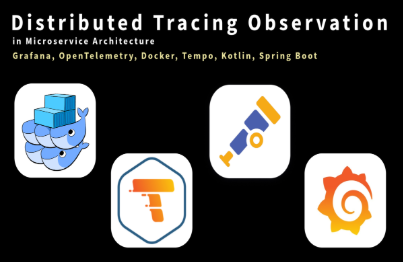
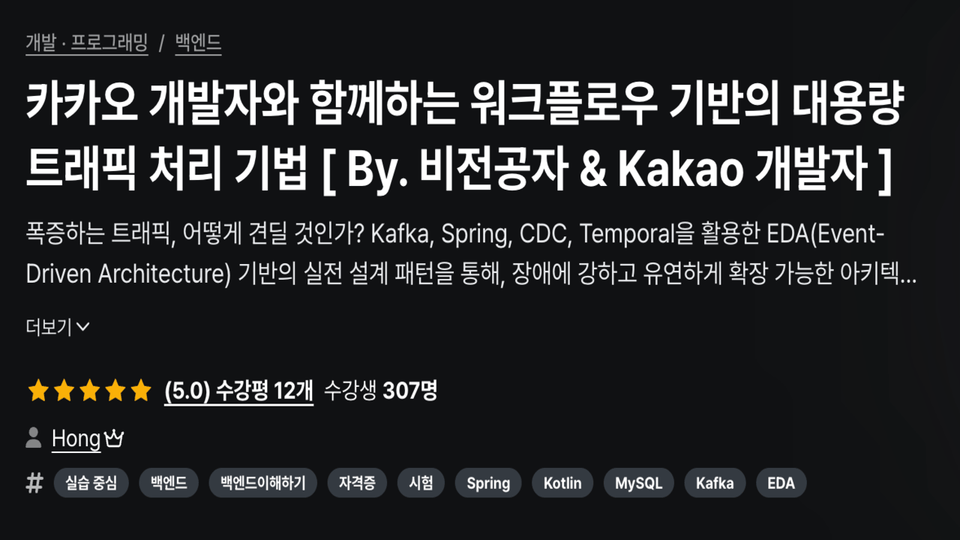
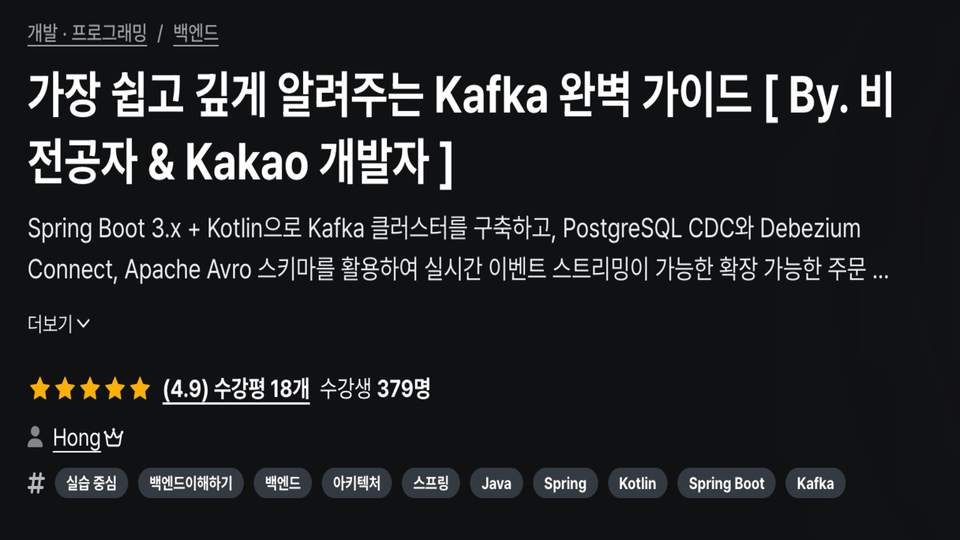
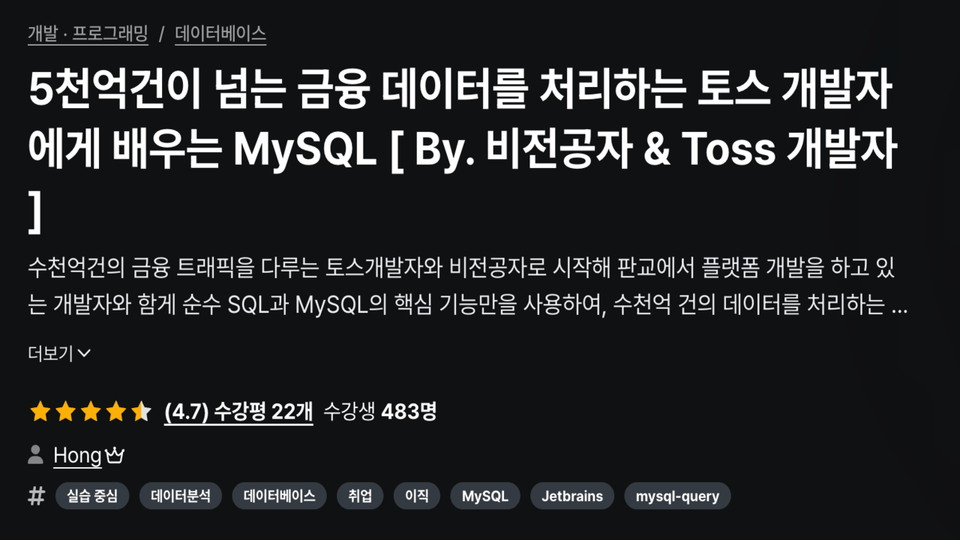
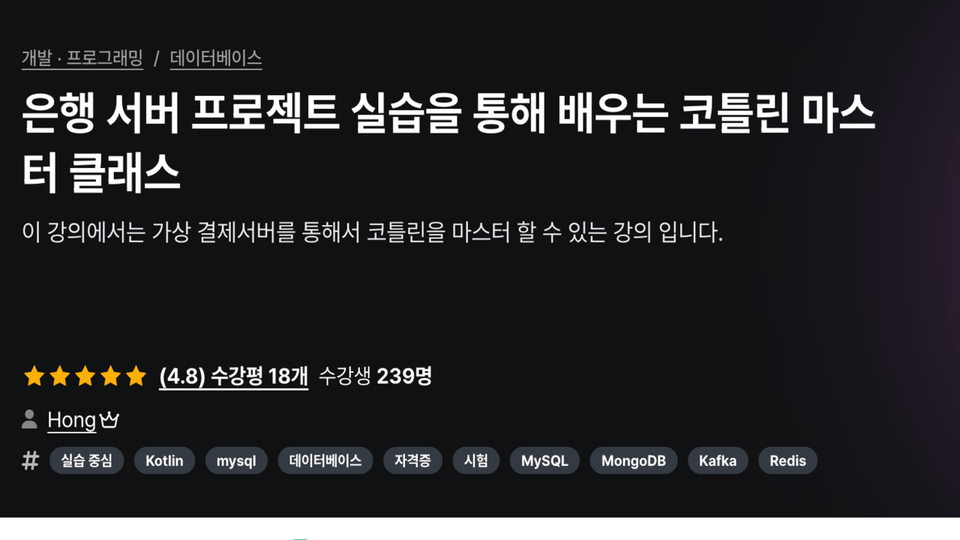


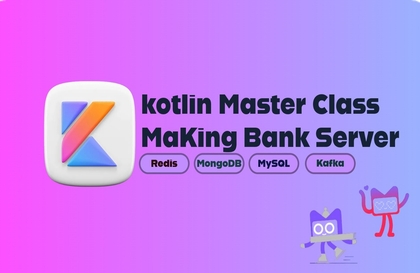
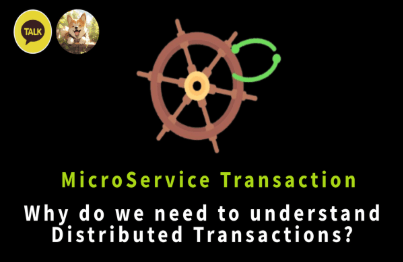
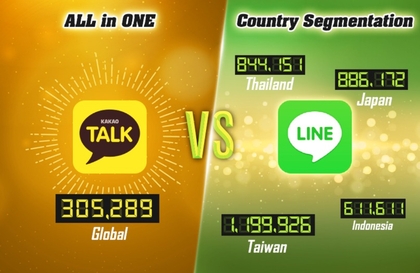
![대기업 근무하며 경험한 Redis를 야무지게 사용하는 방법 [실습]강의 썸네일](https://cdn.inflearn.com/public/courses/335185/cover/c3a4bec6-a4b9-44c9-ab81-f3418d8d6042/335185.jpg?w=420)
![가장 쉽고 깊게 알려주는 Kafka 완벽 가이드 [ By. 비전공자 & Kakao 개발자 ]강의 썸네일](https://cdn.inflearn.com/public/files/courses/338158/cover/01k1pxsv0d8sn4zaceaky6y01q?w=420)
![5천억건이 넘는 금융 데이터를 처리하는 토스 개발자에게 배우는 MySQL [ By. 비전공자 & Toss 개발자 ]강의 썸네일](https://cdn.inflearn.com/public/files/courses/338473/cover/01k2713dt0a5fk1nqztgjsvce1?w=420)
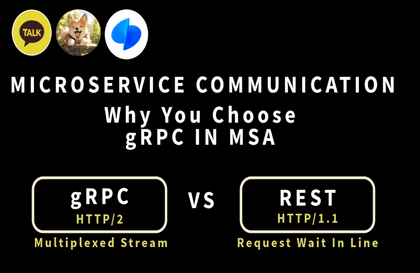

![토스 시니어 개발자와 함께하는 Data Workflow Management 기반의 대용량 데이터 처리 설계 패턴 [ By. 비전공자 & Toss 개발자 ]강의 썸네일](https://cdn.inflearn.com/public/files/courses/338881/cover/01k53h2spnzsx6661wa1g9kfvj?w=420)
![대기업 근무하며 경험한 Redis를 야무지게 사용하는 방법 [이론편]강의 썸네일](https://cdn.inflearn.com/public/courses/334948/cover/9474fad2-5148-4e91-a52c-81ecdbed2e9c/334948.jpg?w=420)
![가장 쉽고 깊게 알려주는 MongoDB 완벽 가이드 [ By. 비전공자 & Kakao 개발자 ]강의 썸네일](https://cdn.inflearn.com/public/files/courses/337578/cover/01jwt82r7jn3c9mzybfn00mdnh?w=420)
![카카오 개발자와 함께하는 워크플로우 기반의 대용량 트래픽 처리 기법 [ By. 비전공자 & Kakao 개발자 ]강의 썸네일](https://cdn.inflearn.com/public/files/courses/338641/cover/01k4gw0hr0t7agpwwssrwcn1m2?w=420)
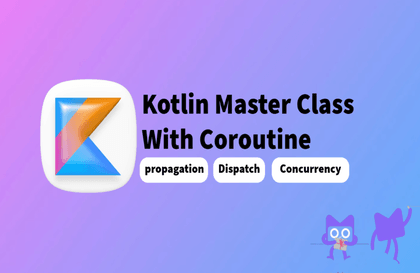
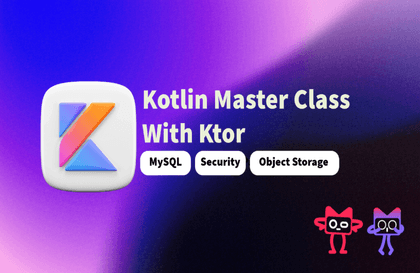
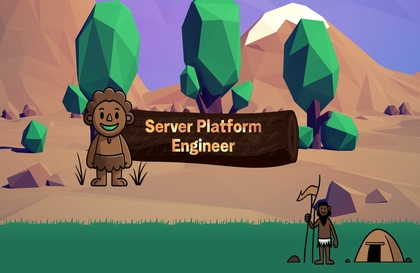
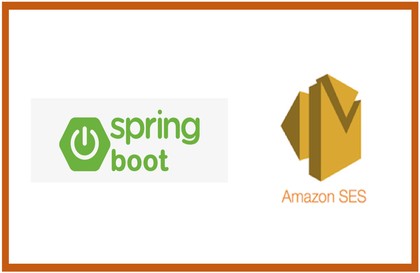
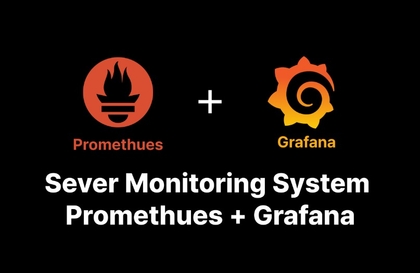
![[초급] 찢어먹자! 코틀린의 모든 것강의 썸네일](https://cdn.inflearn.com/public/courses/332581/cover/05f06c6b-d021-4979-8b08-2aaa3a9367eb/332581-eng.png?w=420)
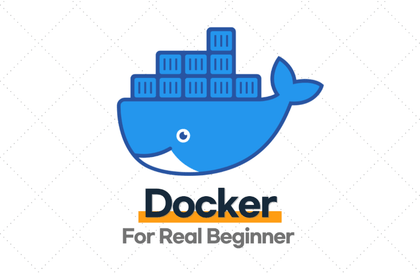
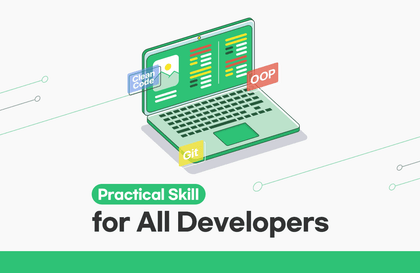
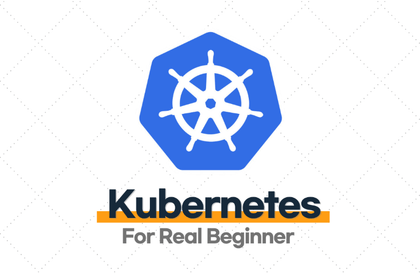
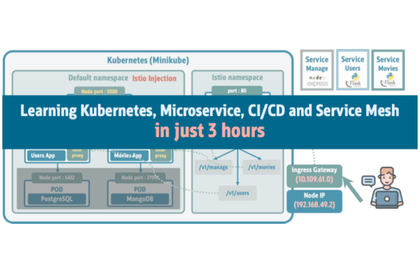
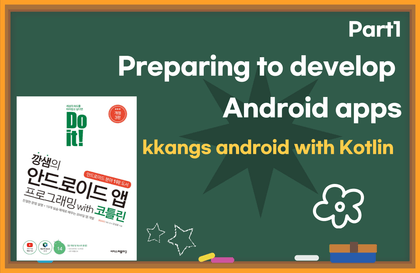
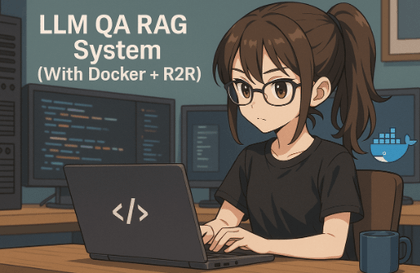
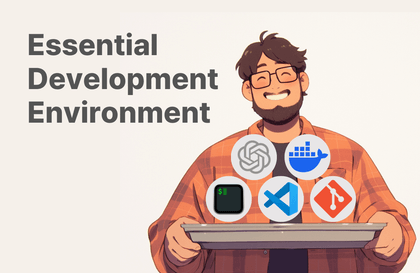
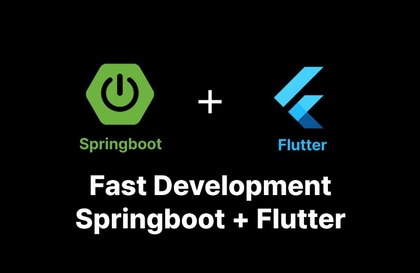
.png?w=420)
